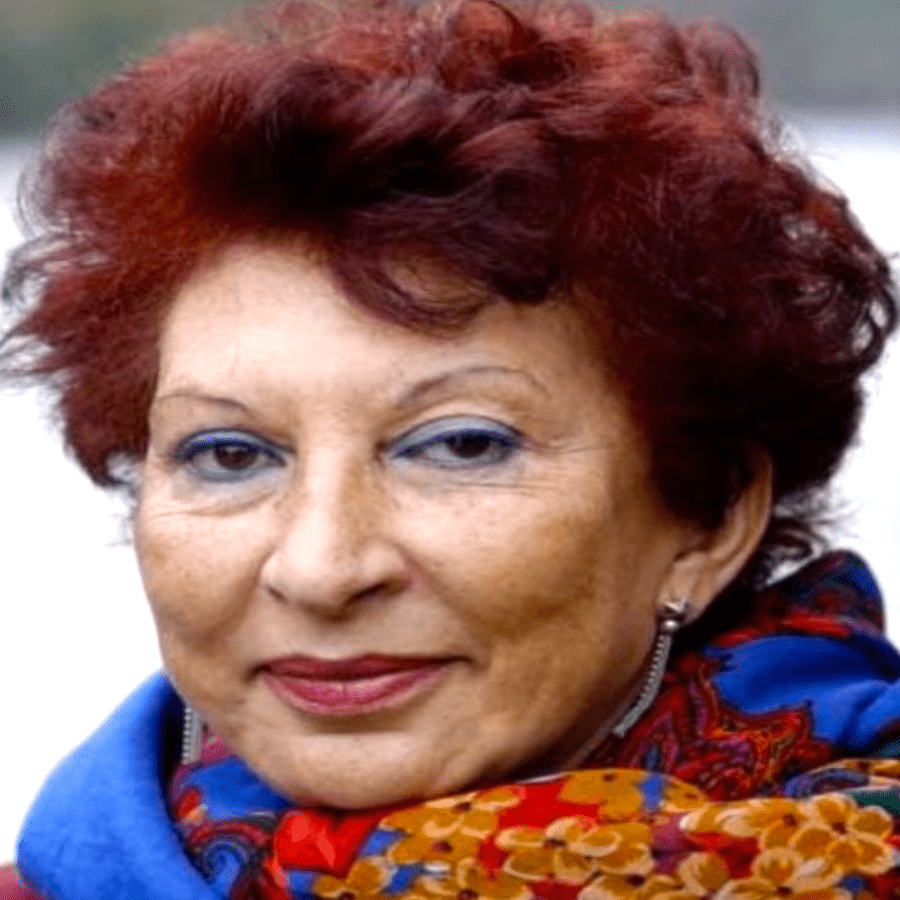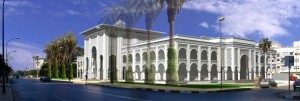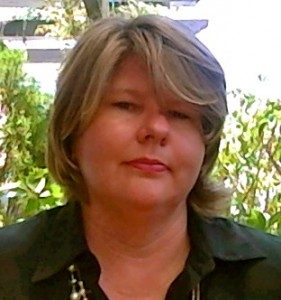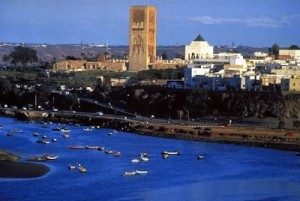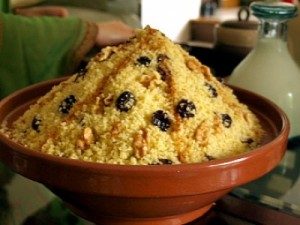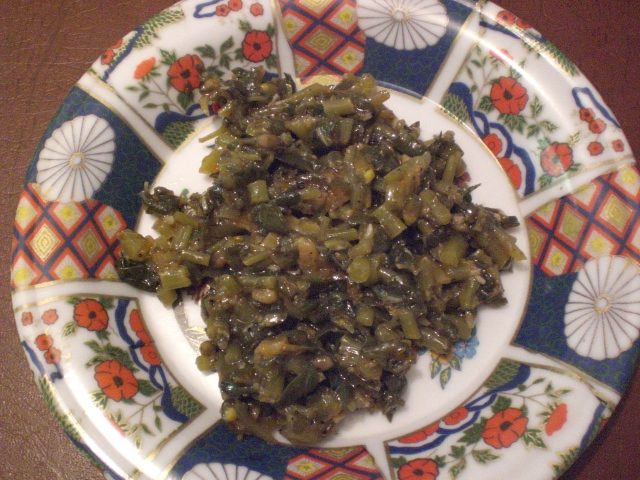Fatima Mernessi, Muslim Feminist Author and native of Morocco passed away in Rabat on November 30th, 2015.
Tag: Rabat
King Mohammed VI of Morocco inaugurated the first Moroccan National Museum of art on October 14th, 2014 in Rabat. Mohammed VI Musée National d’Art Moderne et Contemporaine is the first major museum to be built in Morocco since it gained independence from France over 50 years ago. A visit to this new museum in Rabat is a must when visiting the Imperial Cities of Morocco and is essential as part of a Rabat historical and cultural tour.
Rabat, the capital of Morocco retains a charming relaxed atmosphere in the center despite its 1.2 million population. Magnificent tall palm trees stretch down the main Avenue Hassan II passing the main station and the red Parliament building opposite the well known and classically Art Deco Balima Hotel. Balima Hotel in Rabat was used to be the premier hotel year ago with locals and tourists sitting in the open air café area. Cafes and patisseries are abound in Rabat like most other Moroccan cities. International five star hotels now include the Sofitel Jardin De Roses, Golden Tulip, La Tour Hassan and the Dawliz. Rabat is also home to several charming Riads with private gardens and courtyards such as Villa Mandarine, Riad Kalaa and Riad Art.
Jeanette Lowdon, Garden Enthusiast covers Carey Duncan’s work across Morocco’s private and public green spaces. Lowdon recently had the opportunity to interview the well known Landscape Architect, Carey Duncan, at Cafe La Poste in Marrakech. Sitting on the colonial style porch savoring a gourmet lunch, Duncan chatted about her life in Morocco and her honorable achievements within the development, restoration and garden design field in Morocco.
abat is located on the Atlantic Ocean at the mouth of the Bou Regreg River. On the facing shore of the river lies Sale, Rabat’s bedroom comunity. Tourism and the presence of all foreign embassies in Morocco serve to make Rabat the second most important city in the country after the larger and more economically significant Casablanca. There are a variety of historic tourist attractions in Rabat such as kasbahs, beautiful domes, minarets, wide avenues and green spaces which make for a fascinating half-day or full day Rabat tour.
Moroccan food is considered some of the best in the world. The easiest way to discover the true flavors of Moroccan cuisine are to take a Moroccan cooking class or explore various restaurants in Morocco’s Imperial Cities such as Marrakech, Fes, Rabat or Essaouira on a Morocco tour. Another way to discover authentic Moroccan cuisine is to dine with a local family in a Berber Village. Berber villages are known for their unique fare as result that their main staples in making Moroccan traditional cuisine such as couscous are grown locally in their fields alongside special herbs which allows for amazingly tasteful food. Moroccan recipes such as baking bread by fire and a tajine on starlit night can be learning on a Sahara desert tour to the Erg Chebbi Dunes of Merzouga whereby your camel trekking guide takes you off on a journey into the vast dunes to a Sahara camp at sunset to learn the secrets of the Sahara. To fully enjoy a Moroccan meal one must arrive with an empty stomach and then fully prepare themselves for a three or four-course Moroccan feast. As the French proverb says, “Appetite comes with eating; the more one has, the more one would have” so make sure to visit Morocco with an open palate and a big appetite!
Pasha T’hami Glaoui was the most powerful man in Morocco between 1953 and 1956, in addition to being one of the richest men in the world at that time. The title Pasha means Governor. Glaoui was the Pasha of Marrakesh (since 1912), Ouarzazate, and most of the Moroccan south during the time Morocco was under French rule. The most important Kasbahs’ in Morocco that were occupied by the Pacha Glaoui during his reign and are frequented by Moroccan travelers today are Kasbah Taouirt, located in the center of Ouarzazate, Ait Benhaddou, located 15 kilometers outside Ouarzazate and Kasbah Telouet which sits in the village of Telouet nestled outside the Onilla Valley.
Moroccan terjla (the Moroccan Arabic name) is frequently prepared as a side dish, and can be served either hot or cold. Terjla, a succulent plant, known as purslane in English and verdolaga in Spanish, is not only one of the most delicious Moroccan plants, but it is simple to prepare. Being a dark green plant, it is loaded with iron, vitamins, and minerals. It also has a mild lemony flavor. When traveling to Morocco make sure to ask your Moroccan Travel Agency to recommend restaurants or local places where you can taste Moroccan terjla in a traditional restaurant.
Adopt a Moroccan schedule To Beat the Heat in Morocco During Summer & Other Seasons. Take advantage of the cool early morning hours in Morocco in Summer by taking a mid-moring snack and a late lunch about 1:00 PM. Take a nap in your air-conditioned hotel room or traditional Moroccan Riad, or a dip in the pool. Around 4 PM, have a snack, and head out again around 4:30-5:00 PM. You won’t miss much, because Moroccans tend to lie low during this same time. Enjoy yourself until dark, then head off for dinner around 8-9:00 PM. Take advantage of the Moroccan night life during the cool evening hours if you’re staying in Imperial cities such as Marrakech, Essaouira or Casablanca, all which boast varied restaurants with Moroccan and International cuisine along with entertainment.

